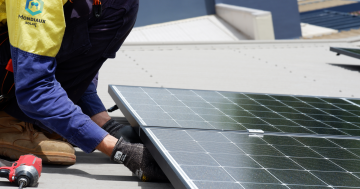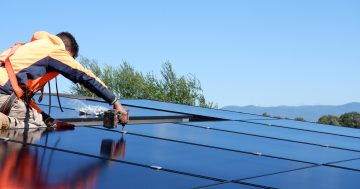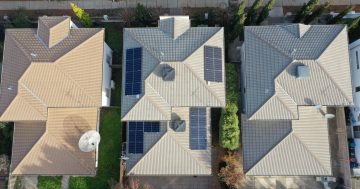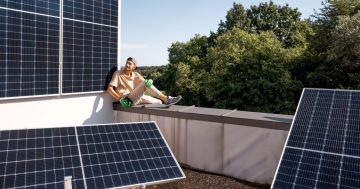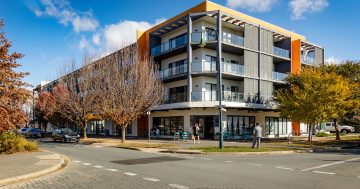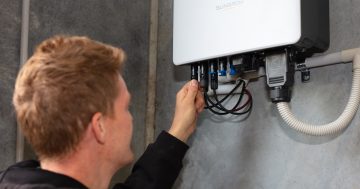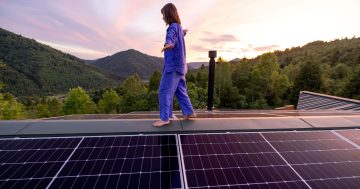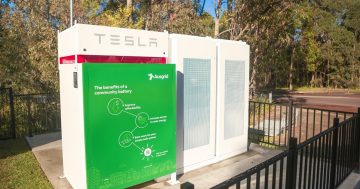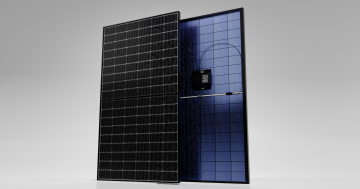The Australian is reporting that Comrade Stanhope are looking at the feasibility of constructing a solar power station in the ACT.
Story online here
Wouldn’t it be cheaper to get the inmates of the new gaol to act like hamsters and run around in a huge wheel all day long?
At least this news might keep Foskey happy?












